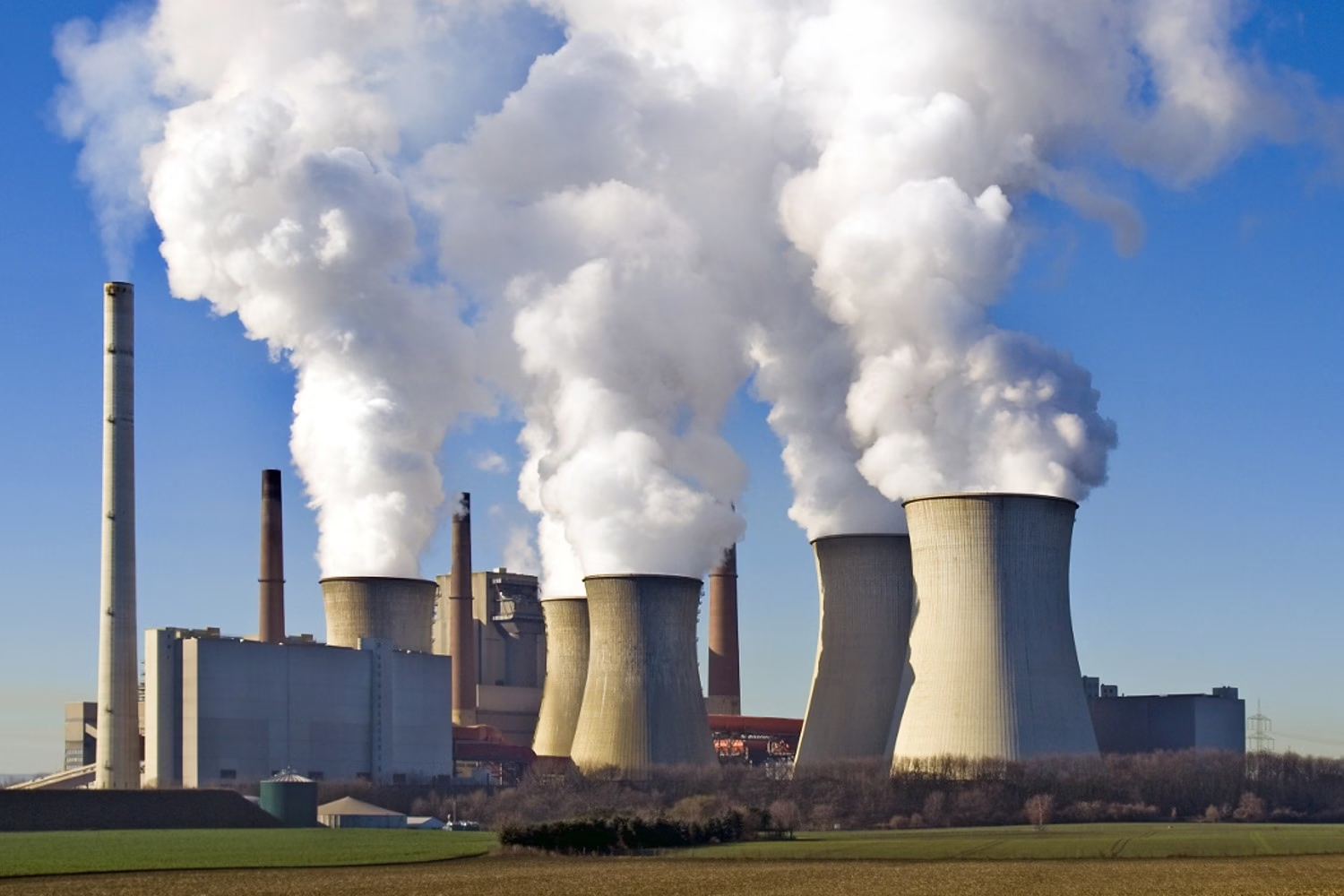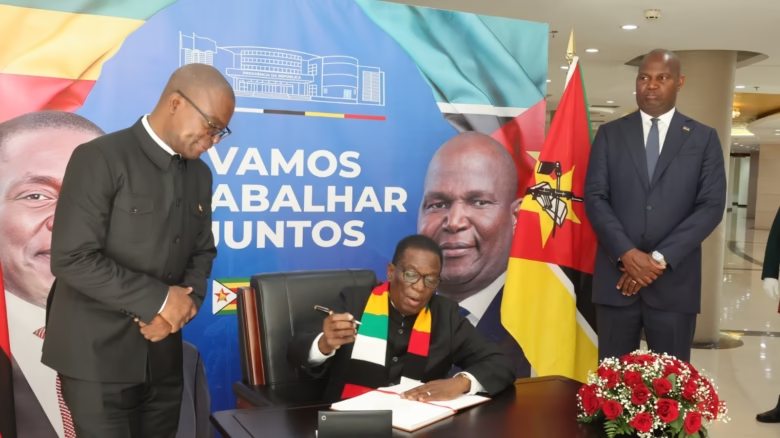
Cabinet has approved a 450 million United States dollar deal to breathe new life into Hwange Power Station, a move expected to light up homes, revive industries, and inject fresh energy into the economy. The partnership between the Zimbabwe Power Company and Jindal Private Limited will see the first six units of the thermal giant, which have long been underperforming, undergo full rehabilitation under a Rehabilitate Operate and Transfer model.
For industries that have struggled under the weight of power shortages, the revival of Hwange could be a game changer. Manufacturing plants that often scale down production because of load shedding stand to regain lost hours of output, mines that rely on round the clock energy could cut costs, and small businesses that have been forced to depend on expensive generators could finally operate with confidence. Reliable electricity will mean greater productivity, stronger competitiveness, and renewed investor confidence.
For households, the impact will be no less profound. Families that have endured nights by candlelight and the constant expense of firewood and solar alternatives will once again be able to rely on the grid. Consistent power means children studying without interruption, food kept fresh in refrigerators, and the simple comfort of knowing that daily life will not be upended by sudden outages. The psychological relief of stable power is as important as the economic benefits.
The refurbishment project will also ease the national purse. Zimbabwe has for years spent precious foreign currency importing electricity to cover shortfalls. Restoring Hwange’s lost capacity will reduce dependence on imports, free resources for other pressing needs, and help stabilise prices by lowering energy costs across sectors. At the same time, the rehabilitation process itself will create jobs for engineers, technicians, suppliers, and local communities around Hwange, spreading immediate benefits even before the turbines are fully operational.
By turning to private capital, government is signalling a pragmatic approach to infrastructure renewal. The state retains long term ownership of the power station while allowing partners to bring in the financing and technology needed for rapid progress. It is a model that balances national interest with private efficiency and one that, if managed transparently, could set a template for other large scale projects.
The challenge will be in the execution. Zimbabweans have seen many grand announcements that have failed to deliver. Oversight must be firm, monitoring must be transparent, and the public must see results on the ground. If those conditions are met, Hwange’s resurrection could mark a turning point.
The power station has long stood as both a symbol of past ambition and present decay. Its revival with 450 million dollars is more than an engineering project, it is a promise that Zimbabwe can reclaim reliable energy, restore the confidence of its people, and light the path to Vision 2030.




